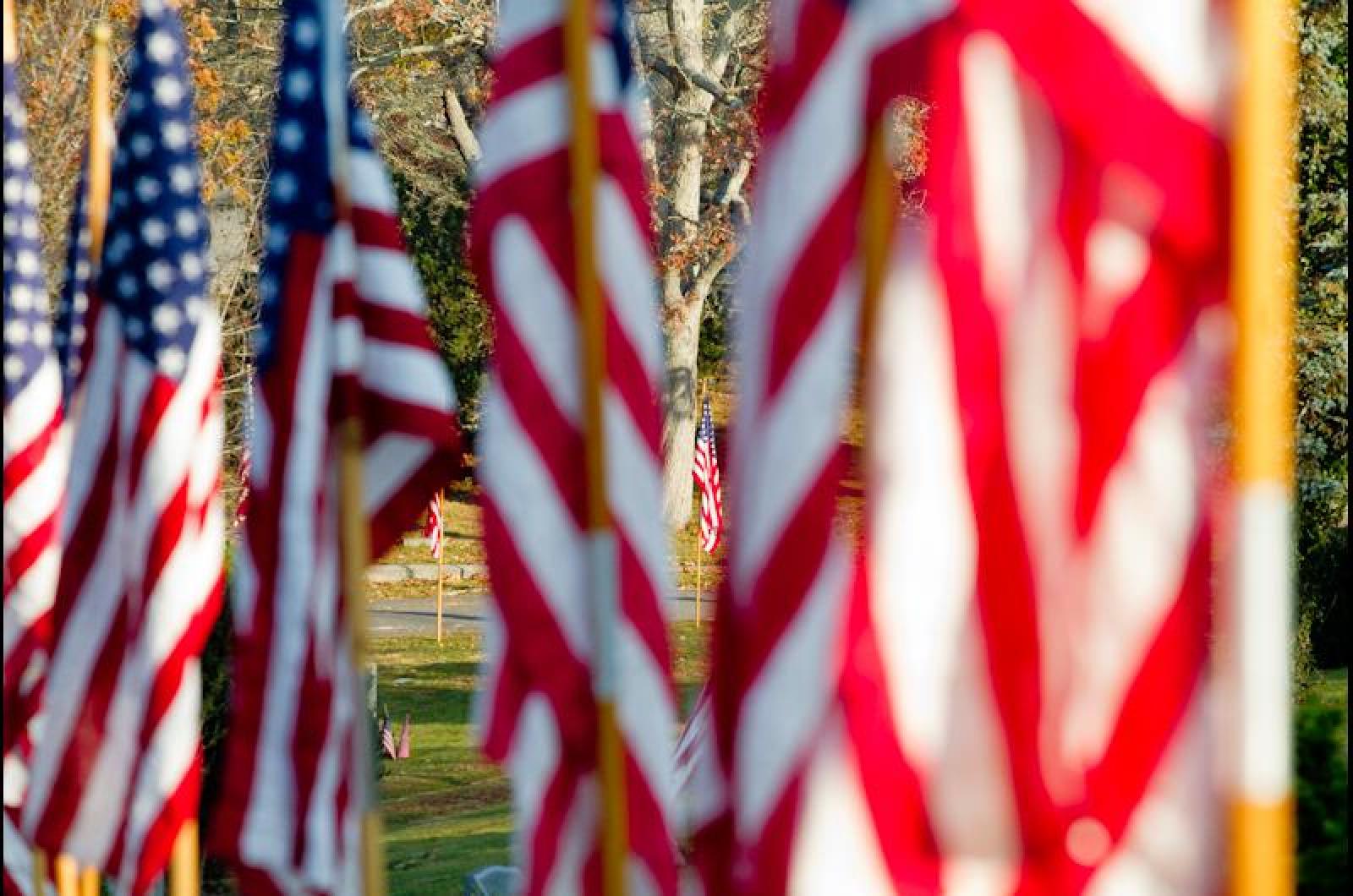From the December 1941 editions of the Vineyard Gazette:
A tremor of mixed excitement and dread swept the Vineyard on Sunday when the first news of the Japanese attack on the Pacific islands became known through the radio broadcasts. Not for eighty years has this Island scene been duplicated, when the opening of the Civil War found Vineyard men at sea and in or near the war zone. The opening of this Far Eastern war likewise finds Vineyard men in or near the scene, not merely in ships of commerce, but in the armed forces of the country. News was anxiously awaited, but under the circumstances was certain to be much delayed by the considerations of national defense.
The Vineyard is represented in the army, the navy and the marine corps on duty in Hawaii and the Philippine Islands. Among those in the Pacific war zone at the time of the outbreak of war were the following:
Lieut. Dayton Eddy of Vineyard Haven, who is supposed to be somewhere between Hawaii and the Philippines.
Richard Thompson, formerly of Vineyard Haven, is stationed in the Philippines, on the island of Luzon, where much savage fighting has taken place.
Joseph Gomes Camacho, who, since his enlistment in the army about a year ago, has been stationed at Schofield Barracks in Hawaii, is the son of Mr. and Mrs. John Gomes Camacho of Oak Bluffs.
Charles Rubinacci and Cecil Grant of Edgartown are also stationed in Hawaii.
Wyman Mortimer, son of Mr. and Mrs. Ernest W. Mortimer of Edgartown, an officer on an army transport, was on the Pacific when the war came. His ship, which had sailed from the Pacific coast on Friday, immediately turned back. He wired his parents on Tuesday of his safe arrival.
No one can know the feeling experienced by parents of these young men as they hear the radio broadcasts, or read the early editions of Monday’s papers, but this much was fully apparent, that the Island joined with the nation in an orderly by emphatic demonstration to see the matter through to the finish. There was no note of worry or apprehension voiced. There was no hysteria shown.
In many places on the Island the American flag was displayed at daylight on Monday Morning. Careful attention was paid by the leaders of civilian defense to the warnings of Governor Saltonstall, and a general tightening of movement could be observed.
The Vineyard has been otherwise affected by this turn of events. There are men in the draft army who, by reason of their ages, have been anticipating their discharges for some time. Although definite information was lacking on Monday, unofficial information coming from some of thee men indicated that they will be retained in the service for the time being at least. Further, it was stated by the same unauthorized sources that men who have already been discharged for this cause, and there are a few, are to be recalled to the colors.

One of the victims of the Japanese surprise attack upon the Philippines on Dec. 7 was John H. Campbell, son of Mr. and Mrs. Fred P. Campbell of New Britain and Oak Bluffs. He had spent all of his summers at Oak Bluffs, except that of 1941, and he had many friends in the town and among the summer colony. He enlisted in the U.S. Army Air Corps in 1940, and would soon have qualified as a pilot after training in the fundamentals of aviation.
Mr. Campbell was born in New Britain and was educated in the public schools there, being graduated from the high school in 1938. He served in the CCC before his army enlistment. He was six feet, two inches tall, and with his brother Dick and two sisters, Ruth and Virginia, had formed the Campbell children song and dance team several years ago. He was 23 years old.
His death occurred in the course of a Japanese attack on Clark Field during the first twenty-four hours of the undeclared war. The day he was killed his parents received a letter from him written from Nov. 15 to Nov. 28, in which he told of his progress and his hopes for transfer to another section.

The mine layer Oglala which was lost in the Japanese attack upon Pearl Harbor was formerly the 4,200 ton passenger steamer Massachusetts of the Metropolitan Line of the New England Steamship Co. On March 12, 1909, she went ashore on Cedar Tree Neck in Vineyard Sound.
At the time of the grounding she was bound westward through the Sound. As soon as Nobska was passed, the captain went to bed, thinking she was on a straight course. For some reason she worked toward the Vineyard side of the Sound, and the officer in charge, finding herself in shallow water, gave orders to steer south and thus beached her. The steamer lay stranded with 250 tons of freight aboard for several days, but was floated with little damage.
The Massachusetts was converted into a mine layer in 1917, and the pictures of her which have appeared since her destruction at Pearl Harbor bear little resemblance to the old Sound liner.
Compiled by Hilary Wall
library@mvgazette.com




Comments (1)
Comments
Comment policy »